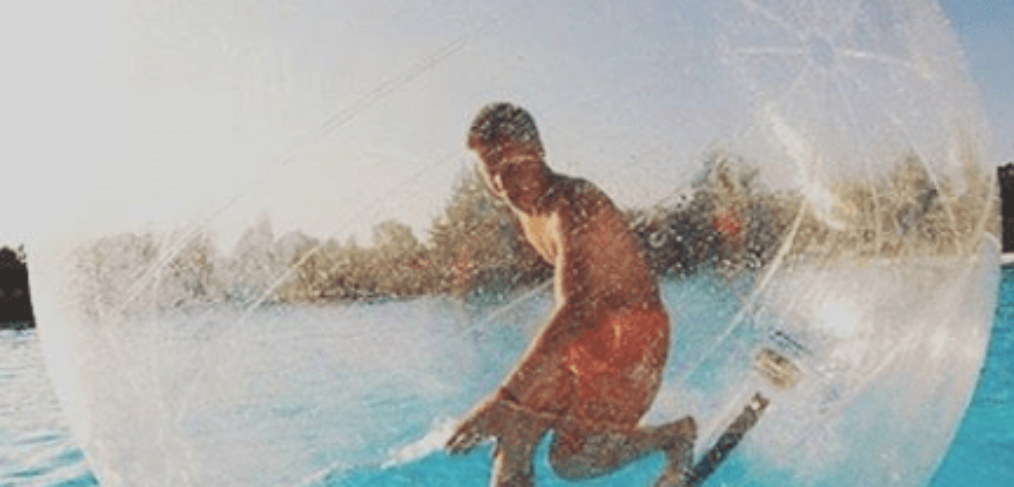
NonA Weekly: LIVING WITH WATER

Hi there!
The modern water industry grew in response to rising demand for water caused by industrialization and consequent concentrations of urban populations. In nature we have access to the sea, a river, a stream, a lake or a wetland. Perhaps it’s our attachment to nature, but in urban areas people of all ages prefer public spaces where water is present.
This week we will be focusing our research on beautification, public space and cultural heritage around Water.
1. OTHERWORLDLY UNDERWATER SCULPTURE PARK
A new UNDERWATER sculpture park is coming to Miami Beach. Called the ReefLine it will function as an artificial reef to protect and preserve Miami’s marine life, while serving divers as a dazzling underwater snorkel trail.
2. THE WATER INDUSTRY AS WORLD HERITAGE
As industrialization drove more and more people to live in cities and work in the industries concentrated there, traditional customs for supplying water and removing waste were overwhelmed, exposing urbanites of all social levels to shameful squalor and deadly disease. The International Committee for the Conservation of the Industrial Heritage has prepared a report with criteria to guide the protection of sites and landscapes, from local inventories to WORLD HERITAGE.
3. BENEFITING FROM INTEGRATING WATER INTO PUBLIC SPACES
Planners often depict a city as a human body. Transportation, communication, rivers and sewer systems become arteries and veins pulsing through the city; parks and open spaces become urban lungs detoxifying the air they breathe. But what about WATER itself? Surely it is vital for all of these things beyond anthropomorphic attributions?
4. PUBLIC SPACES FOR A WATER-SENSITIVE CITY
We need to DESIGN our public spaces differently to cope with the impacts of climate change, the demands of a growing population and to meet our commitment to being a water-sensitive city. Embedding water management infrastructure in public space can mitigate the impacts of flooding, help irrigate spaces to keep them green and withstand greater use, and can provide the attraction of water features for park amenity, play and respite from the heat.
5. WATER FEATURES
Water is a fine element, and designers are doing CREATIVE things with it. New plazas and parks provide water in all sorts of forms: waterfalls, waterwalls, rapids, sluiceways, tranquil pools, water tunnels, meandering brooks, and fountains of all kinds. In only one major respect is something lacking: access.
6. WORLD HERITAGE AND WATER
The magazine World Heritage has issued a magazine dedicated to the Water HERITAGE. This issue offers a first inventory of World Heritage sites where works of hydraulic engineering are a key element and thus raises the question: how have human cultures around the world handled their water resources and what lessons can be learned from their past accomplishments?
Stay creative and see you all next week!
Daniela


